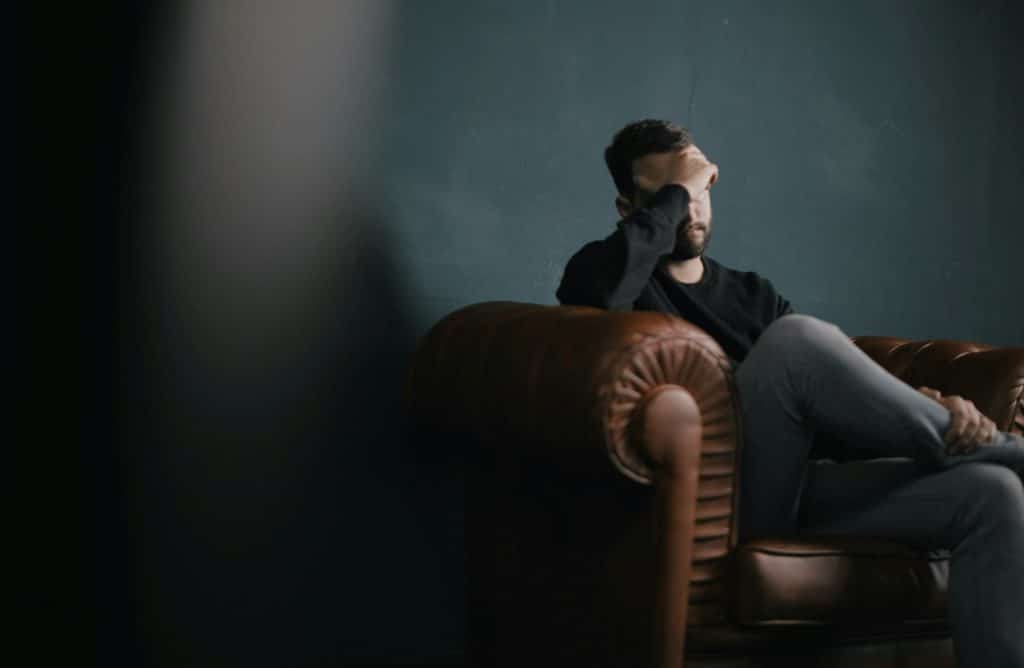
In Utah, motor vehicle traffic accidents accounted for 310 deaths in 2022. Many more were involved in other crashes or personal injuries throughout Utah, Idaho, and Washington. Traumas such as experiencing a car accident or seeing someone killed in front of you can trigger a severe emotional reaction.
After a personal injury, you may find yourself distressed and unable to do the things you used to do. While damages for emotional distress are often added to traditional personal injury lawsuits, it is also possible to have a case based solely on emotional pain and suffering caused by another person. Whether or not you may be eligible to file such a suit depends on numerous factors.
At Siegfried & Jensen, we want to defend our clients’ rights. If you have suffered emotional distress at the hands of another party, we may be able to help you recover compensation for what you have gone through. Call us at (801) 845-9000 or complete our online form for a free case evaluation.
Defining Emotional Distress
Emotional distress, in the legal sense, refers to mental anguish or psychological harm due to events that are traumatic or upsetting. These events must be caused by another person’s action or inaction and cause the victim to suffer concrete symptoms.
This is not a legal term for hurt feelings; these symptoms are serious medical problems brought about by an intentional or negligent act by another party. The symptoms of emotional distress likely impact an individual’s ability to function normally in his or her personal and professional activities, leading to a diminished quality of life.
Emotional distress can manifest as a wide range of symptoms, including:
- Post-traumatic stress disorder (PTSD)
- Depression
- Anxiety
- Panic attacks
- High blood pressure
- Insomnia
- Eating disorders
- Chronic headaches
- Unexplained weight gain or loss
- Uncontrollable crying
The cause of emotional distress can vary greatly – from accidents, injuries, harassment, discrimination, and other kinds of trauma. You can sue for emotional distress damages when filing other kinds of personal injury lawsuits. Alternatively, emotional distress can be the basis for a lawsuit all by itself. For specific information that applies to your case, talk to an experienced personal injury lawyer.
Types of Emotional Distress Lawsuits
According to the Model Utah Civil Jury Instructions, there are two main kinds of lawsuits that stem from emotional distress claims, with an additional subcategory worth mentioning. Let us now consider these kinds of emotional distress suits and what differentiates them.
Intentional Infliction of Emotional Distress
These cases, known as IIED, consist of a specific set of circumstances when someone intentionally engages in extreme and outrageous conduct that causes severe emotional distress.
Outrageous and extreme conduct is a somewhat debated term, as definitions can vary greatly. In general, the standard is well above just offensive or malicious conduct or speech – past the limits of normal human decency.
Some examples include:
- Racial or sexual insults
- Discrimination
- Threats of violence
- Stalking
The second factor of these types of cases is proving that the defendant acted intentionally or recklessly. You must prove that the party intended to cause emotional distress or should have known that their actions would be severely distressing. Getting this proof can be challenging, depending on the given circumstances in each case.
Finally, severe emotional distress must be proven. The evidence must show serious symptoms experienced over time and normally treated by medical professionals. This aspect of IIED cases is similar to other kinds of personal injury lawsuits.
Negligent Infliction of Emotional Distress
NIED lawsuits are often compared to traditional personal injury lawsuits, where a person’s negligence causes an accident that harms the victim and causes distress. The at-fault party failed to behave according to his or her duty of care and another person suffered as a result. The victim should be compensated because the perpetrator was negligent.
What if the negligence and resulting accident didn’t cause any physical injuries for the victim but rather emotional ones such as PTSD? Does this mean that he or she is not entitled to compensation? No, that person may be eligible to file an NIED lawsuit.
Bystander lawsuit
In IIED and NIED cases, the emotional distress must be the result of an accident or traumatic event that the victim was an immediate party to. For example, he or she may be the driver of a car that was crashed into, the victim of a hate crime, or some other injustice.
However, there is such a thing as a bystander lawsuit, where a person’s close proximity to a traumatic event left him or her extremely emotionally affected and deserving of compensation. Whether or not a bystander can qualify to file a lawsuit depends on several factors, including the “zone of danger.”
Proving Emotional Distress
When trying to show the court the extent of emotional distress that a victim has suffered, many types of evidence are used, including:
- Medical records
- Testimonials
- Photo documentation
- Statements from friends and family
- Social media that shows the pre-incident lifestyle of the victim versus the present
If such evidence shows the court that your emotional distress is severe and long-lasting, you have a better chance of financial recovery, because causation is key. You must show, by witness statements and medical documentation, that your symptoms of emotional distress were caused by another’s negligent or deliberate actions. The link between his or her actions and your suffering must be clear in order to prove your case.
A knowledgeable attorney can assist you in gathering evidence proving emotional distress. He or she can help you build a strong claim against the person or entity that caused your suffering.
Siegfried & Jensen Want to Help
The thought of pursuing compensation for your distress may be completely overwhelming on top of everything that you are going through. You may not be in a mental or emotional safe space in order to heal. We know that you are going through a tough time right now, and we want to help you get the compensation you deserve from those responsible.
The team of personal injury attorneys at Siegfried & Jensen are ready to assist you during this difficult period. Since 1990, we have dedicated our careers to helping Utah injury victims get the justice they deserve, recovering over $1.2 billion for our clients.
Please don’t wait – reach out to a lawyer at Siegfried & Jensen today for a free consultation on your emotional distress case. Call (801) 845-9000 to schedule your case review.
You can find us in Idaho, Washington and also in Utah, in:

Content checked by personal injury attorney Todd Bradford. I worked for a small law firm in Utah County, where I handled various types of cases. My main focus was personal injury and I decided that is what I enjoyed doing the most. I rejoined Siegfried and Jensen in 2012 where my focus is solely on helping personal injury clients. I take pride in helping personal injury clients and enjoy serving them. If you need an attorney for auto accidents or injuries of any kind in Salt Lake City, UT, Ogden, UT, Spokane, WA, or Boise, ID, contact us.
